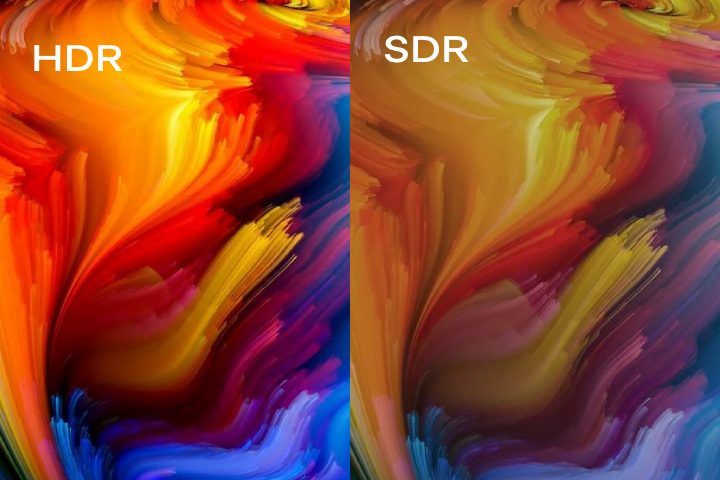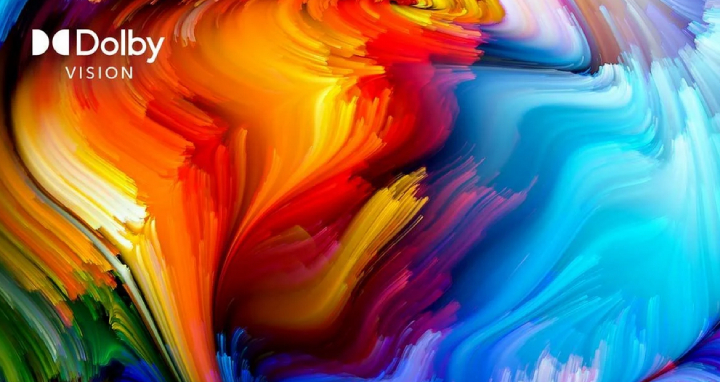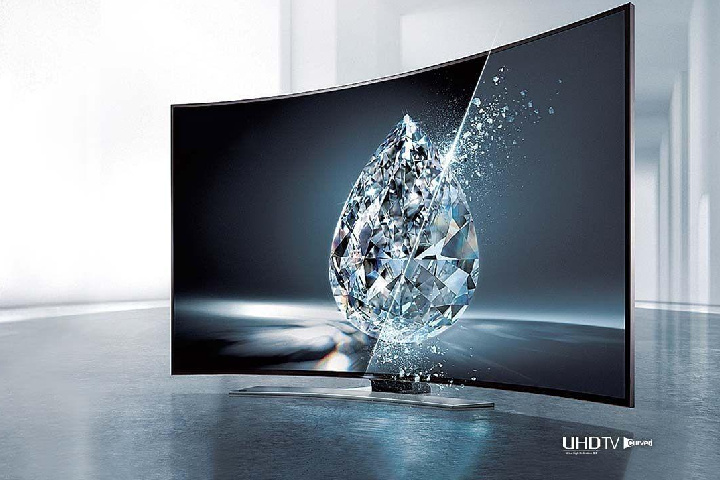HDR and Dolby Vision are the current and future of technology of TVs. The race of digital technology like HD, Full HD, 2K, 4K, and 8K TVs. Now HDR is one of the familiar TVs advanced technology. High Dynamic Range (HDR) winning the hearts of all movie lovers and digital 4K and 8K content lovers.
1. What is HDR (High Dynamic Range)?
High Dynamic Range (HDR) offers excellent picture quality than regular Standard Dynamic Range (SDR). It enhances the color contrast of the motion pictures and gives live visual experience. HDR produces a higher level of color brightness and its outstanding balance of lighter and darker images.
HDR (High Dynamic Range) is probably more familiar through the HDR mode of digital cameras. It is designed to provide an image with more detail in shadows and highlights and a more comprehensive range of colors. HDR on televisions pursues the same goal.

The color palette is more comprehensive, blacks are more in-depth, and whites are brighter. Currently, there are two main HDR formats: HDR10 and Dolby Vision. The first is the HDR standard, although Dolby Vision offers a superior experience. These days, you should consider a television that supports both.
High Dynamic Range (HDR) offers better contrast and more colors than standard dynamic range. Many consider it a more noticeable visual enhancement than 4K Ultra HD resolution itself. It produces 1000 nits of peak brightness and a color depth of 10 bits.
All help improve high picture quality, but in slightly in different ways. HDR sends the static metadata to the video stream; the encoded information on color calibration settings must make a picture look more real.
2. What is Dolby Vision?
Dolby Vision is less popular than the other HDR10 format; Dolby Vision has advantages, such as measuring the capabilities of your HDR television and tailoring the HDR experience.
Dolby Vision is another HDR standard format, which is Dolby’s HDR standard. Dolby Vision also sends dynamic metadata to the TVs. Dolby Vision is the most powerful cinema technology that is slowly getting implemented in high-end TVs.
Dolby Vision can produce ten times more amount of light than the HDR10 standard. It has 10,000 nits of peak brightness, and It also supports 12-bit color depth, which is 4096 shades of primary colors.

It also looks better and has better specifications than HDR10 and HDR10+. Nowadays, only high-end TVs like 4K, 8K are produced the HDR10, HDR10+, and Dolby Vision technologies. Before buying a TV, you can Pick the high-end models which support both HDR10 and Dolby Vision.
The most popular HDR formats are HDR10, HDR10+, HLG (Hybrid Log-Gamma), and Dolby Vision, an open standard endorsed by Samsung, Sony, LG, and other companies.
HDR10 and HDR10+ are the new and high-level standards of HDR. HDR10 was introduced by the Consumer Technology Association, a US-based consumer electronic association, whereas Samsung Electronics and Amazon Prime Video introduced HDR10+.
Hybrid Log-Gamma (HLG) is another recent addition to the HDR standard collection, supporting HDR-quality over-the-air (OTA) content. HLG is also produced HDR-quality of content.

